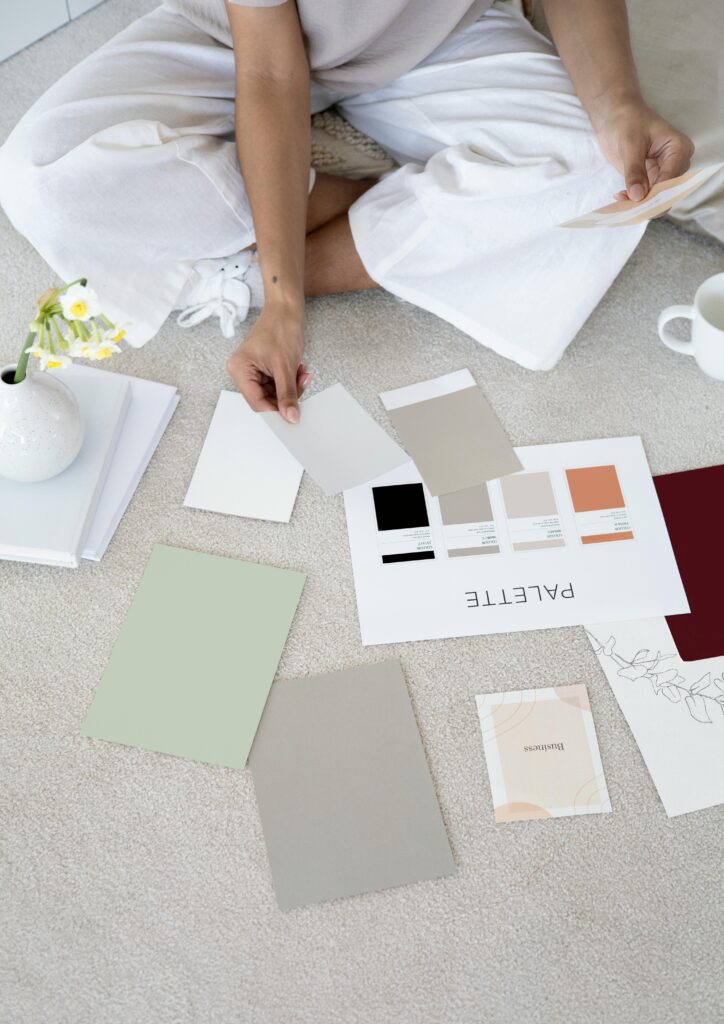The Impact of Interior Design on Health
Surroundings play a significant role in shaping mood and mental health. The design in interiors such as homes, workplaces, or public spaces can have a great impact on emotional and physiological wellbeing. Thoughtful interior design can contribute to a better mindset. Here is the impact of interior design on health.
It’s More than a Color
Colors have a powerful effect on emotions. When selecting color for a room, you should consider what tasks will be conducted in that space. Cool colors such as blue and green have a calming effect while warm colors like red and orange have an energizing effect. For instance, soft greens and neutrals in a bedroom create a soothing atmosphere that allows the brain to rest. In a home office use pops of yellows to promote brain stimulation for creativity. With a professional setting use deep colors such as dark green, burgundy, and navy blue to show confidence.
The intensity and hue of a color is important as well as how much of it is used. Too much of a bright color can overstimulate while too much of a cool color can sadden. Before selecting a color palette for a space, research color theory to ensure the space elevates your needs.


The Value of Natural
It’s no secret that nature enhances our mental health. Bring outdoor elements into an interior through plants, views of the outdoors, and natural materials. Connecting to nature has shown to reduce stress and improve focus.
Access to natural light is crucial for a person’s mental health and wellbeing. Designing spaces to incorporate large windows or skylights can bring in enough natural light to elevate moods. Adding in light-filtering window treatments to soften harsh rays while still accessing brightness can uplift an atmosphere.
The Art of Comfort
Comfortability plays a key role in letting the body feel secure and relaxed. Investing in high-quality furniture with ergonomic techniques creates a space to lounge and feel comfortable. Incorporating soft textiles and rounded edges can bring the mind to ease. Using thoughtful layouts can create cozy books to read or a comfortable conversation area. Adding in personal styles or items can help increase the feeling of home. A comfortable environment releases tension allowing the body to feel natural in its surroundings.
Decluttering for Clarity
A cluttered space can lead to a cluttered mind. Creating an organized, clean environment can reduce anxiety and enhance focus. Practicing minimalism and adding in storage solutions can avoid the feeling of being overwhelmed in your space. By keeping clutter tucked away, the brain has less stimulation leading to clarity and relaxation.
Sounds and Acoustics
The auditory environment can greatly impact the brain leading to overstimulation. Design considerations to reduce noise transmission include upholstery, rugs, curtains, and acoustic panels. Softening noise pollution can help with hearing a conversation and its privacy. After reducing the sound, add in calming sounds like a water feature or soothing music to enhance relaxation and reduce tension.
Impact of Knowledge
The impact of interior design on health is an intricate relationship. Consciously select colors, maximize natural light, incorporate nature, add in comfort, and reduce clutter and auditory stimulations to create a thoughtful space. As more time is spent indoors, it’s important to create a space the increases your mental health and well being.

